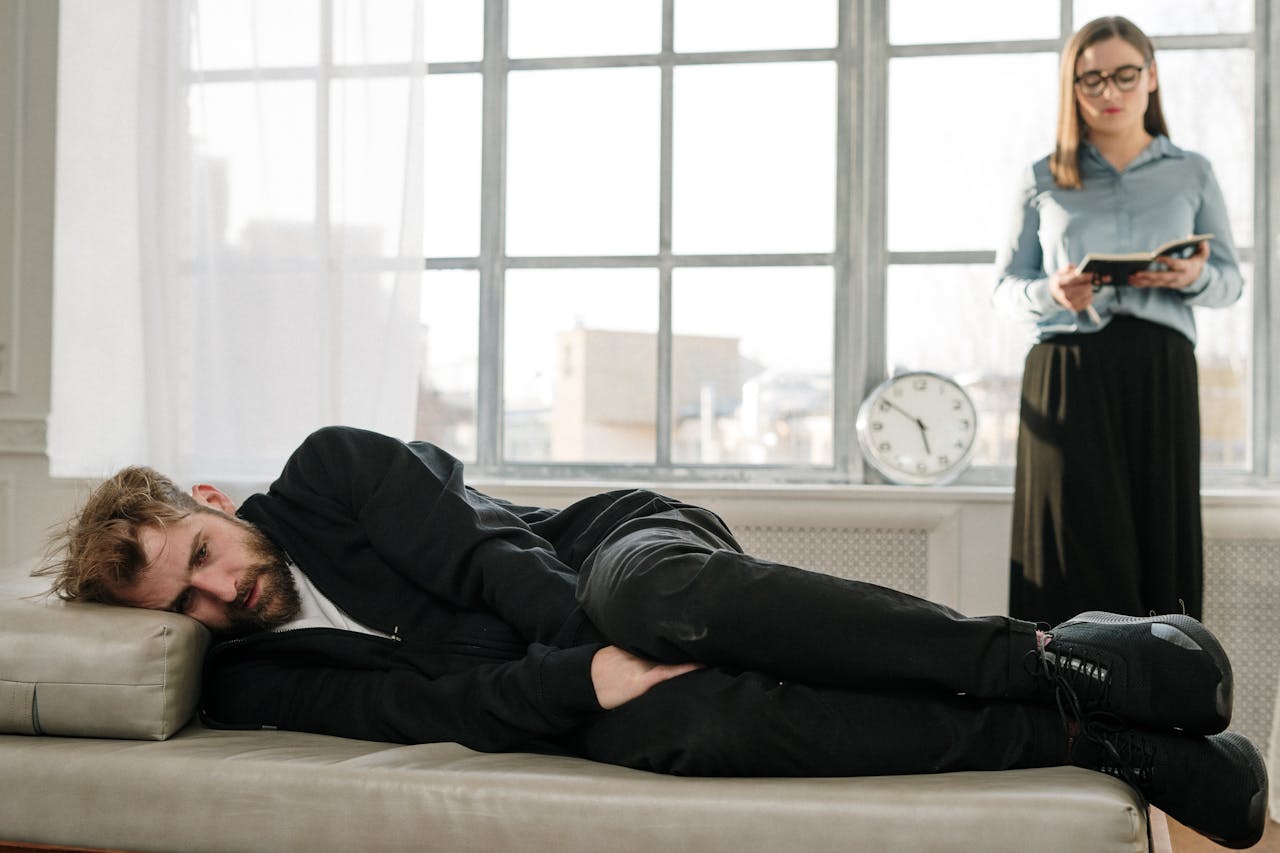Drugs/Therapy
Botox is now FDA-Approved for Crow’s Feet
Aging, which is a part of life, can be hard for some people to deal with. Not only are cognitive functions slowing down, the body is physically changing as well. For some people, the fine lines, wrinkles and sagging skin seen particularly on the face might be too much to deal with. Due to these concerns, researchers have created a solution for them, Botox. Even though Botox cannot permanently reverse the signs of aging, it can provide momentary happiness. Now, the U.S. Food and Drug Administration (FDA) has announced that it approved Botox for the use of crow's feet.
"This additional indication will provide people with a new FDA approved treatment option for those seeking a smoother appearance by temporarily minimizing the appearance of crow's feet at the sides of the eyes," stated Susan Walker, MD, according to the press release. Walker is the director of the Division of Dermatology and Dental Products in the FDA's Center for Drug Evaluation and Research.
Crow's feet encompasses moderate to severe lateral canthal lines that are noticeable by the outer corners of the eyes. To treat this condition, the FDA has given the approval to Botox Cosmetic (onabotulinumtoxinA), which will be the first FDA-approved treatment for this time of wrinkle. In 2002, Botox Cosmetic was approved to treat glabellar lines, which are the wrinkle lines between the eyebrows, more commonly known as frown lines. The treatment is administered through intramuscular injections. Doctors can perform these injections for both frown lines and crow's feet in the same session.
The FDA approved the product after examining the findings of two clinical efficacy and safety studies. These studies enlisted the help of 833 adults who had moderate to severe lateral canthal lines. The adults were randomly put into two groups. One group received the Botox treatment while the other got a placebo. At the end of the studies, the researchers found that adults who had Botox had less wrinkles than the adults who did not get the treatment. The researchers reported that the worse side effect from the treatment was eyelid edema, which is characterized by swollen eyelids containing excess fluids.
Before this approval, another version of Botox was already approved for treating chronic migraine, excessive underarm sweating, belpharospams (eyelid spasms) and strabismus, which is when the eyes are misaligned.









Join the Conversation